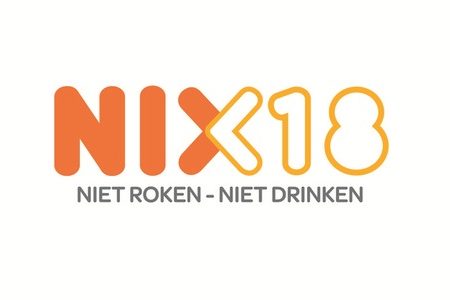Take a chance! But what if you don’t know the odds?
Many of our everyday decisions involve risk. We run a red light, or we flip a coin with our partners to decide who should do the dishes. What influences our risky decisions? One important factor is the uncertainty surrounding chance.
The red light and the coin
Throughout the day we make many risky decisions. Consider approaching an intersection with your car just as the light turns yellow. You hit the gas and cross the intersection as the light turns red. Will you gain time, or get a fine? Or perhaps you flip a coin with your partner to decide who will do the dishes: will you be the one to toil over the dirty pans?
In both these examples of risky decisions, we usually don’t know what will happen: the outcome is uncertain. There is, however, a crucial difference between these two examples, and it has to do with chance – or more specifically, the uncertainty surrounding chance.
Known and unknown chances: risk and ambiguity
In the coin flip example above, you don’t know whether you will end up having to do the dishes. However, you do at least know the chance of you having to scrub that dirty pan: it’s 50 per cent. In behavioral economics, when chances are known this is referred to as explicit risk, or just ‘risk’ for short. In the red-light example, you also don’t know what will happen if you run the red light. You may get off scot-free, receive a fine, or perhaps even cause an accident. But most importantly, you don’t know the chance of these outcomes occurring. Indeed, how could you possibly calculate the chance of you receiving a fine? When the chance is unknown this is what we call ambiguous risk, or ‘ambiguity’ for short. These two phenomena – risk (known chances) and ambiguity (unknown chances) – influence our risk-taking behavior in different ways.
The Ellsberg paradox
In 1961, a researcher named Daniel Ellsberg studied how people deal with risk and ambiguity. In a famous study that became known as the Ellsberg paradox, he showed that people dislike ambiguity more than risk. In this experiment, participants were presented with two jars. One jar contained 50 red balls, and 50 black balls. The other jar contained 100 red and black balls, but in an unknown distribution. When asked to bet that they would choose a red ball, participants preferred the first jar with the known distribution. This implies that participants believed that the jar with the unknown distribution contained more black than red balls. So if participants had to bet on choosing a black ball, you would expect them to choose the urn with the unknown distribution... but they didn’t. So despite the fact that the first time around participants implicitly believed there were more black balls in the jar with the unknown distribution, the second time around they still preferred the jar with the known distribution. This behavior thus goes against the participants’ earlier beliefs about the jar with the unknown distribution of balls, namely that there were more black balls in this jar. This experiment shows that people dislike it when chances are ambiguous (unknown).
Risk, ambiguity, and adolescents
But what does this mean with respect to risk-taking in real life? Does it matter what your preference is with respect to known and unknown chances? To investigate this, we recently studied a group of people who are particularly prone to risk-taking behavior such as excessive alcohol use and reckless behavior in traffic: adolescents. Just like in the Ellsberg paradox, the adolescent participants disliked ambiguity more than risk. But in addition, we found that those who were less averse to ambiguity showed more reckless behavior – such as drinking and driving, and having unprotected sex – in real life. In other words, those adolescents who had a higher tolerance for unknown chances, showed more risky behaviors in real life. In the risk condition (known chances), however, we found no relation between risk tolerance in the lab setting and real-life reckless behavior. What does this tell us?
Life is not a coin flip
Possibly, behavior under conditions of uncertain chances is a better reflection of risk-taking in real life (at least in adolescence) than under conditions of known chances. This makes sense, given that real life usually presents unknown chances, such as when we run a red light, rather than known chances. Indeed, life is not a coin flip. Unless you argue with your partner every night about who’s going to do the dishes... and in that case I certainly hope the odds are not against you.





